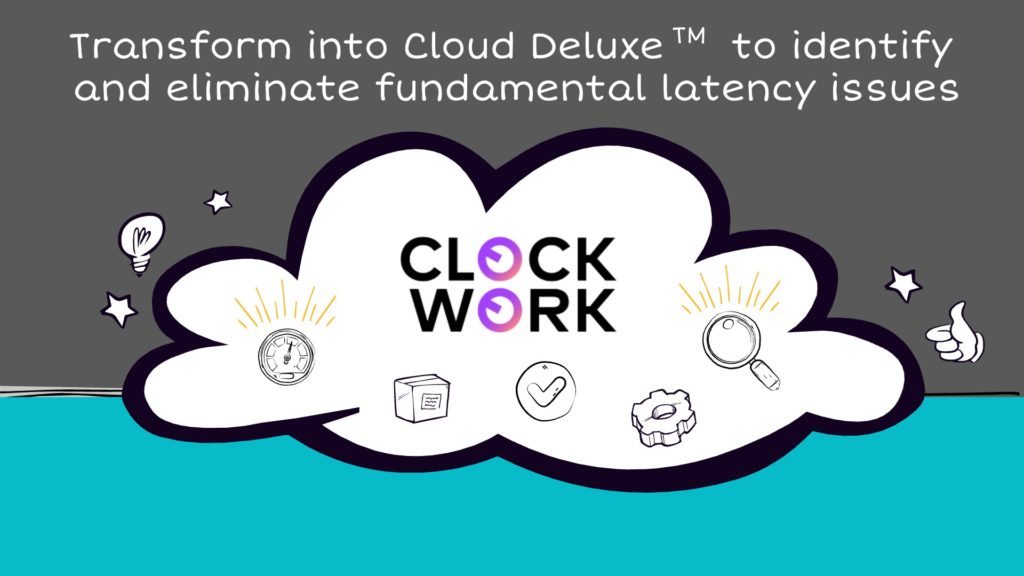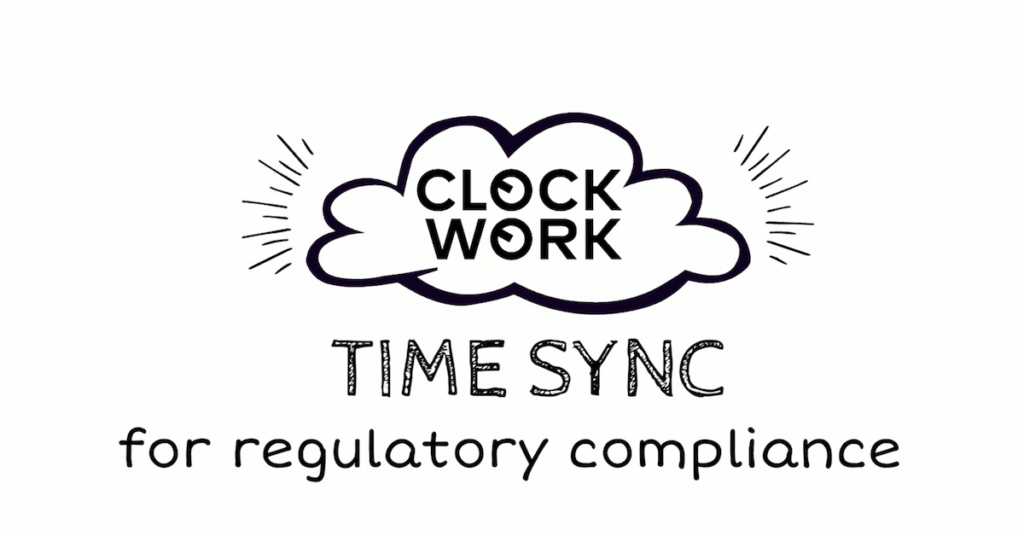In the year since Clockwork.io made its public debut, we’ve been hard at work leveraging our foundational clock synchronization technology to build and test new solutions for time-sensitive applications. Last year, we introduced Latency Sensei, a new way to sense what’s going on in your cloud network. Now, we’re adding control. (Read the full press release here.) Networks have always been jittery and dropped packets. Prior solutions were implemented at the switch level, requiring access and changes to the infrastructure – which isn’t possible for cloud customers. Today, we’re pleased to unveil Cloud Deluxe™, a suite of software tools that […]
All posts by Clockwork Team
Cloud clocksync showdown: Ntpd vs Chrony vs Clockwork
In this blogpost, we evaluate the accuracy and reliability of three clock sync systems: Standard ntpd vs. Chrony with cloud-optimized configuration vs. Clockwork.
There is no upside to VM colocation
In this follow-up blog post on the impact of VM colocation on networking performance, find out how network latency and network packet drops are affected by VM colocation.
Colocated VMs get in each other’s way
When cloud providers place too many of a customer’s VMs on the same physical host, the performance of the VMs is impaired. Find out how VM colocation affects network bandwidth in this blogpost.
From the Founders: Announcing Clockwork’s Series A Funding and Next Phase of Growth
On behalf of the team at Clockwork, we are proud to announce our Series A funding to propel our product stack into its next stage of growth and development.
Video: True one-way latency with Bob’s Boutique
Businesses know that latency impacts their bottom line, but it’s not always clear where the issue lies. In this short video, we illustrate how Clockwork helps identify and measure true one-way delay so teams can diagnose and resolve issues quicker.
What Latency Really Means for Business
Network latency’s cost implications for businesses are reflected in how users respond. By thinking about performance from a user-centric perspective, latency’s impact – and the way forward – become much more clear and measurable.
Knowing what latency costs is a helpful way to understand the strategic implications of better synchronization for your business, and whether more can be done to provide a better customer experience across device and network differences.
Sync Clocks Across Locations and Environments
In modern data infrastructure, it’s both cost-effective and resource-effective to move at least some workflows to the cloud. But from a time synchronization perspective, it’s more complicated because on-prem data centers typically use different time protocols to synchronize clocks than cloud-based environments.
Easily Meet MiFID II Time Sync Requirements
Financial services firms in Europe and the United States are subject to clock synchronization regulations under ESMA’s MiFID II and FINRA’s CAT standards, meaning all business clocks used to record the date and time of any reportable event must be synchronized within a specified timestamp granularity (depending on the type of trading). See how Clockwork makes it easy to fulfill compliance requirements.
Podcast: Is Self-Programming Technology the Future?
One of the early trials of Clockwork’s clock synchronization technology was conducted at Nasdaq, as featured in the New York Times. In June 2018, co-founder Balaji Prabhakar spoke with Tom Fay, then SVP of Nasdaq’s Enterprise Architecture and System Engineering, about their work together leveraging Stanford-based research on self-driving networks and high precision clock synchronization.
Recent Posts
- Maximize GPU Efficiency: Smarter Fixes for Checkpointing Challenges
- Turn the clock forward on AI innovation – and maximize your GPU capacity utilization.
- Quantifying and Accelerating the Advantage of Real-Time Business Performance
- Latency: The Critical Edge for Crypto Arbitrageurs and High-Frequency Traders
- Tackling Hidden Network Congestion in Kubernetes Clusters with Clockwork



